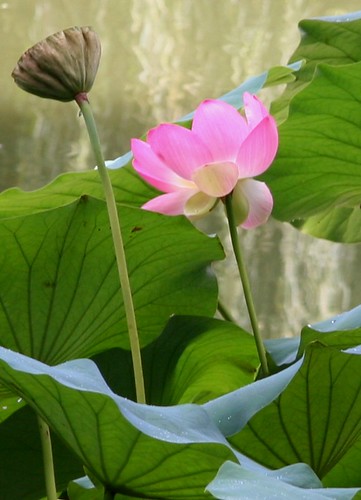
Blue garden
Featuring plants with silvery to blue-gray foliage, including Blue Atlas Cedar (Cedrus libani var. atlantica 'Glauca'), Chilean wine palms (Jubaea chilensis), blue fescue (Festuca ovina var. glauca), Senecio mandraliscae, Mexican blue palm (Brahea armata), Queensland kauri (Agathis robusta), bunya-bunya (Araucaria bidwillii), hoop pine (Araucaria cunninghamii) and two camphor trees (Cinnamomum camphora).
Bromeliads
Here bromeliads cover the ground between large coast live oaks (Quercus agrifolia). Other notable plants include a branched pygmy date palm (Phoenix roebelinii), Trithrinax brasiliensis palms and giant ponytail palms (Beaucarnea recurvata).
Butterfly garden
Featuring varieties of flowering plants that support butterflies and other insects.
Cactus garden
Featuring a collection of columnar cacti begun in 1929 by Merritt Dunlap. Over 500 plants, representing about 300 different species of cacti in geographically-organized groups. Notable specimens include species of Opuntia from the Galapagos Islands, Armatocereus from Peru and a complete collection of the genus Weberbauerocereus. Accent plants include Fouquieria columnaris (boojum tree), dry-growing bromeliads and several Agave species.
Cacti and euphorbias
A collection of cacti and euphorbias, including a mass of golden barrel cacti (Echinocactus grusonii) and large, weeping Euphorbia ingens.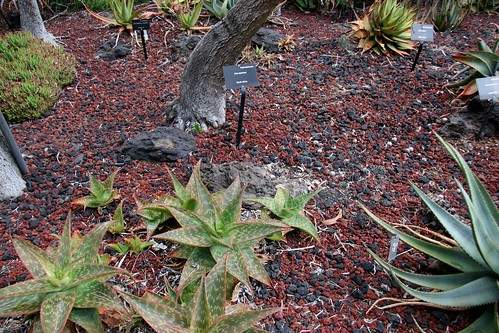
Cycad garden
Thought to be the most complete collection of cycads in any public garden in the United States, Lotusland has over 400 mature specimens of cycads, with ten of the eleven living genera and more than half of the known species represented.
Fern garden
Featuring many types of ferns, such as Australian Tree Ferns (Sphaeropteris cooperi) and giant staghorn ferns (Platycerium). Other shade-loving plants such as angel trumpet tree (Brugmansia), calla lily (Zantedeschia), clivia hybrids and a collection of Hawaiian Pritchardia palms are present.
Japanese garden
A small Shinto shrine surrounded by Sugi (Cryptomeria japonica), Coast Redwood (Sequoia sempervirens cv. 'Santa Cruz'), a wisteria arbor, Japanese Maples (Acer palmatum), camellias, azaleas and several species of pine pruned in the Niwaki style.

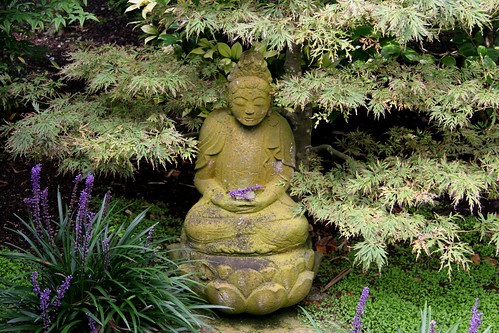
Orchards
Deciduous orchard, with 100 fruit trees (including peach, plum, apple, pear, persimmon and fig) and olive trees from the 1880s.
Succulent garden
A variety of succulents including Madagascar Palm (Pachypodium lamerei), Aeonium, Fouquieria, Kalanchoe, Echeveria, Haworthia, Yucca and Sansevieria.
Featuring a topiary clock 25 feet (8 m) in diameter, bordered by Senecio mandraliscae; a boxwood maze; and a "zoo" of 26 topiary animals, including a camel, gorilla, giraffe and seal. Other frames are shaped as chess pieces and geometric shapes.
Tropical garden
Featuring orchid cacti (Epiphyllum), gingers (both Alpinia and Hedychium) and bananas both ornamental (Ensete) and edible (Musa).
Water garden
Includes several species and cultivars of Indian lotus (Nelumbo nucifera) and water lily (Nymphaea, Euryale, Nuphar, Victoria) and also bog gardens featuring taro (Colocasia esculenta), ornamental sugar cane (Saccharum cv.) and papyrus.
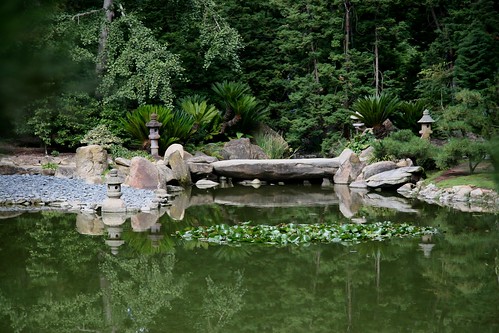
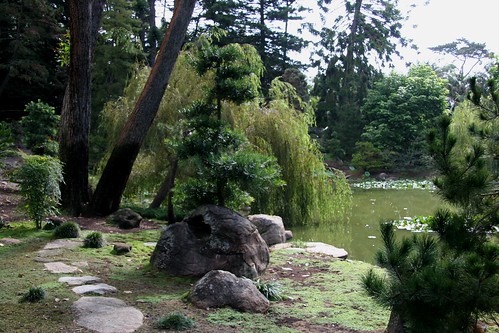


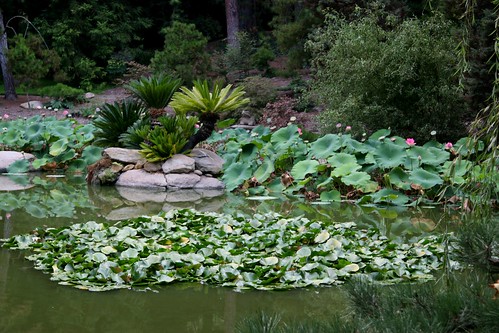

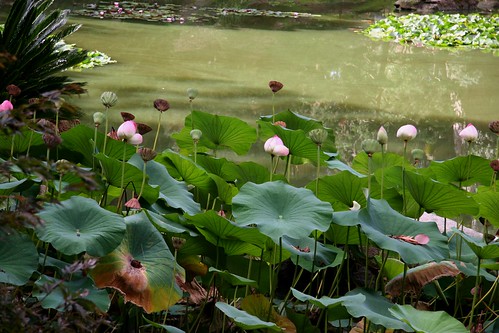
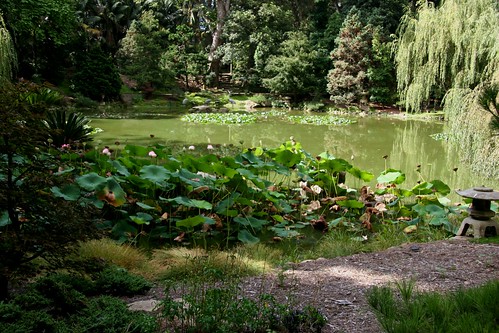

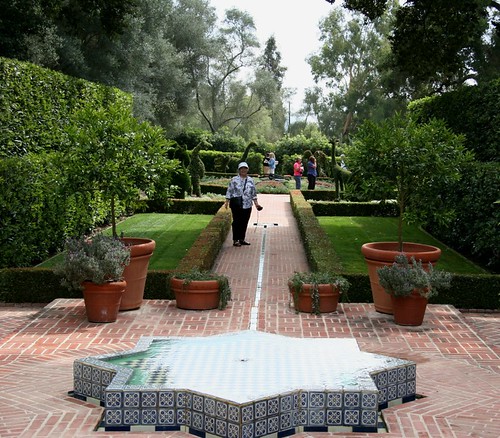
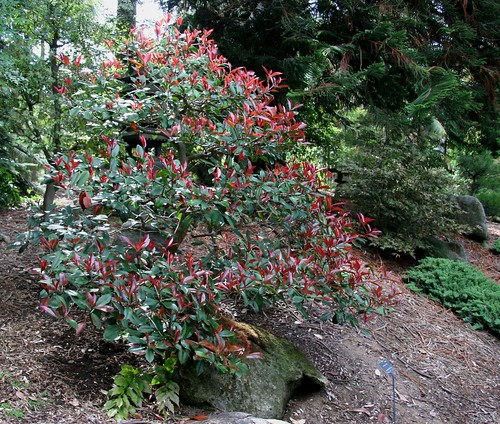
from wikipedia.org
photos from flickr user brewbooks
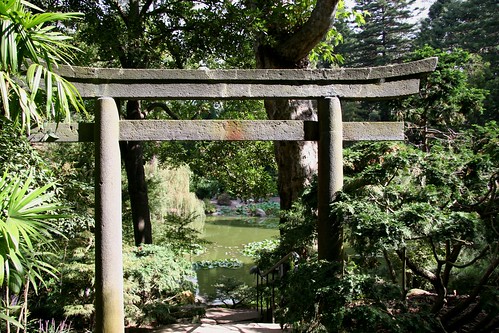

No comments:
Post a Comment